Home>Ideas and Tips>How To Design A Pollinator-Friendly Garden
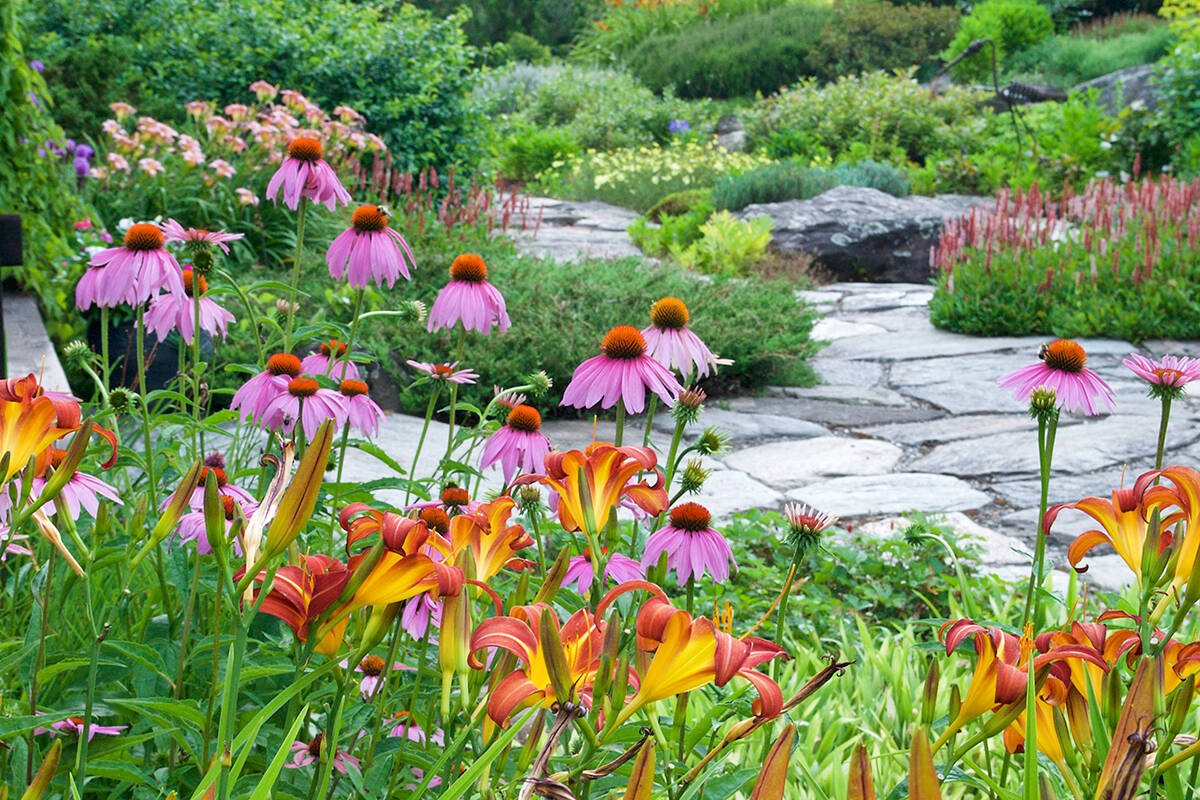

Ideas and Tips
How To Design A Pollinator-Friendly Garden
Modified: November 1, 2024
Learn how to design a pollinator-friendly garden that supports bees, butterflies, and other insects while enhancing your outdoor space's beauty and biodiversity.
(Many of the links in this article redirect to a specific reviewed product. Your purchase of these products through affiliate links helps to generate commission for Storables.com, at no extra cost. Learn more)
In today's world, the importance of pollinators can't be overstated. These tiny creatures, including bees, butterflies, and other insects, play a crucial role in the reproduction of plants and the production of fruits and vegetables. However, due to various environmental factors and human activities, many pollinator species are facing significant threats to their survival. One of the most effective ways to support these vital creatures is by creating pollinator-friendly gardens in our homes and communities.
Pollinator-friendly gardens are designed to provide an inviting environment for these creatures. By incorporating specific elements that fulfill their basic needs—such as food sources, shelter, and nesting sites—we can create habitats that support the survival and well-being of pollinators.
Understanding the Importance of Pollinator-Friendly Gardens
Pollinators are not just beneficial for plants; they are also vital for our food supply. Without pollinators, many crops would be unable to reproduce, leading to significant reductions in food production and potentially even food shortages.
Pollinator-friendly gardens are designed to provide an inviting environment for these creatures. By incorporating specific elements that fulfill their basic needs—such as food sources, shelter, and nesting sites—we can create habitats that support the survival and well-being of pollinators.
The Role of Pollinators
Pollinators are responsible for transferring pollen from one plant to another, allowing plants to reproduce. This process is essential for the production of fruits and seeds in many plant species. Without pollinators, plants would be unable to reproduce sexually, leading to reduced crop yields and potentially even the extinction of certain plant species.
Threats to Pollinators
Despite their importance, many pollinator species are facing significant threats. These threats include habitat loss due to urbanization and agriculture, pesticide use, climate change, and disease. The decline of pollinator populations has become a pressing environmental issue that requires immediate attention.
Benefits of Pollinator-Friendly Gardens
Creating a pollinator-friendly garden offers numerous benefits not only for the environment but also for gardeners themselves. Here are some of the key advantages:
- Supporting Biodiversity: By creating a diverse habitat for pollinators, you contribute to maintaining biodiversity in your local ecosystem.
- Enhancing Garden Beauty: Pollinator-friendly gardens often feature a variety of colorful flowers and plants, adding beauty and interest to your outdoor space.
- Improving Mental Health: Gardening has been shown to have therapeutic benefits for mental health. Working in a garden filled with life and color can be incredibly uplifting.
- Educational Opportunities: A pollinator-friendly garden can serve as an educational tool for children and adults alike about the importance of pollinators and their role in our ecosystem.
Key Elements of a Pollinator-Friendly Garden
Designing a garden that provides an inviting environment for pollinators requires considering specific elements that fulfill their basic needs. By incorporating these key elements, you can create a thriving habitat for these essential creatures.
Choosing the Right Plants
The selection of plants is crucial when designing a pollinator-friendly garden. Opt for native plants as they have co-evolved with local pollinators, providing them with the ideal food sources and habitats they require for survival.
Native Plants
Native plants are those that are naturally found in your region or area. They have evolved over time to meet the specific needs of local pollinators and other wildlife. Here are some reasons why native plants are ideal:
- Specific Nectar and Pollen Needs: Native plants provide nectar and pollen that are specifically suited to local pollinators.
- Habitat Compatibility: Native plants have adapted to local climate conditions, soil types, and other environmental factors.
- Diversity: Native plants come in a variety of shapes, sizes, colors, and flowering times, ensuring a diverse range of food sources for pollinators.
Plant Selection Tips
When selecting plants for your pollinator-friendly garden:
- Choose Flowers with Simple Open Structures: These types of flowers are easier for pollinators to access compared to complex or closed structures.
- Select Plants with Different Colors and Shapes: This variety will attract a wide range of pollinator species.
- Incorporate Annuals and Perennials: Annuals provide immediate benefits while perennials offer long-term benefits as they come back year after year.
- Consider Plants That Provide Food for Caterpillars: Caterpillars are an essential part of the pollinator life cycle; including plants that support them ensures a complete ecosystem.
Some popular native plants for pollinator-friendly gardens include:
- Bee Balm (Monarda didyma): Known for its red, pink, or purple flowers that attract hummingbirds and butterflies.
- Black-eyed Susan (Rudbeckia hirta): A daisy-like flower with bright yellow petals and dark centers that attract bees and butterflies.
- Butterfly Weed (Asclepias tuberosa): A perennial milkweed with clusters of bright orange or yellow flowers that attract monarch butterflies.
- Coneflower (Echinacea spp.): A perennial flower with large, showy petals that attract bees, butterflies, and hummingbirds.
Providing Shelter and Nesting Sites
Pollinators need shelter and nesting sites in your garden to feel safe and establish their colonies. Incorporate a variety of native trees, shrubs, and grasses that offer protection from harsh weather conditions and potential predators.
Shelter Options
- Native Trees: Trees provide structural support for nesting sites and offer shade which can protect pollinators from extreme temperatures.
- Shrubs: Shrubs offer additional shelter options with their dense foliage providing hiding spots for small insects.
- Grasses: Tall grasses can serve as hiding spots for ground-dwelling insects like bees and butterflies.
Nesting Sites
- Leave Some Areas Wild: Allowing some areas of your garden to remain wild or untamed provides natural nesting spots for pollinators.
- Build or Install Insect Hotels: These structures provide additional shelter options by mimicking natural nesting sites found in trees or rocks.
- Bee Boxes or Birdhouses: These structures can be used specifically for bees or other beneficial insects like solitary bees or wasps.
Ensuring a Constant Food Supply
Offering a diverse range of flowering plants that provide nectar and pollen throughout the growing season is crucial for maintaining a healthy pollinator population.
Planting Strategies
- Mix of Annuals and Perennials: Incorporate both annuals which bloom quickly but only last one season and perennials which come back year after year ensuring continuous flowering periods.
- Different Flowering Times: Choose plants that bloom at different times throughout the year ensuring there is always something available for pollinators regardless of the season.
- Native Plants with Different Colors & Shapes: Selecting plants with different colors shapes ensures variety attracting multiple species throughout different times.
Some examples include:
- Spring Blooms: Crocus Crocus sativus), daffodils (Narcissus pseudonarcissus), and grape hyacinth (Muscari armeniacum).
- Summer Blooms: Sunflowers Helianthus annuus), zinnias Zinnia spp.), cosmos Cosmos bipinnatus).
- Fall Blooms: Asters Aster spp.), sedum Sedum spp.), goldenrod Solidago spp.).
Steps to Design a Pollinator-Friendly Garden
Now that we understand the importance of pollinator-friendly gardens and the key elements involved, let’s explore the steps you can follow to design your own vibrant and thriving space:
Planning Your Garden Layout
Start by assessing the available space in your garden considering factors such as sunlight exposure soil type drainage patterns etcetera Sketch out a layout incorporating different areas such as flowerbeds borders hanging baskets containers maximizing variety attracting multiple species while ensuring easy access maintenance paths stepping stones preventing disturbance during foraging activities
Assessing Space
- Sunlight Exposure: Most flowering plants require direct sunlight so ensure areas receive sufficient sunlight hours daily
- Soil Type: Different plants thrive under different soil conditions research specific needs native plants often require similar conditions found naturally within region
- Drainage Patterns: Proper drainage prevents waterlogged soils beneficial microorganisms thrive well-drained environments
Selecting Suitable Plants
Research choose diverse selection native plants thriving specific location climate considering factors mentioned earlier incorporate mix annuals perennials adding variety interest seasons remember account space requirements growth habits each plant ensuring enough room flourish
Researching Plants
- Native Plant Societies: Join local native plant societies gaining insights specific recommendations tailored region climate conditions
- Online Resources: Utilize online resources databases providing detailed information plant characteristics growth habits compatibility local ecosystems
- Consult Experts: Seek advice local nurseries gardening experts ensuring accurate selection meeting specific needs desired outcomes
Creating Safe Habitat Pollinators
Provide water source shallow dish pebbles birdbath rocks drinking purposes avoid using pesticides herbicides synthetic fertilizers harmful fatal pollinators opt organic natural alternatives maintaining healthy environment leave some areas wild untamed allowing natural nesting hibernating spots build install insect hotels bee boxes birdhouses providing additional shelter options
Water Sources
- Shallow Dishes: Place shallow dishes filled water pebbles allowing pollinators land drink comfortably avoiding drowning risks
- Birdbaths Rocks: Incorporate birdbaths rocks creating landing platforms drinking areas reducing risk drowning
Avoiding Harmful Chemicals
- Organic Alternatives: Use organic natural alternatives maintaining healthy environment avoiding harm pollinators example compost tea manure tea beneficial microorganisms promoting soil health
Maintaining Your Pollinator-Friendly Garden
Once established maintaining properly ensuring continued success crucial steps involved regular garden care seasonal considerations dealing potential pests diseases
Regular Garden Care Maintenance
Regularly water plants keeping mind specific needs removing weeds deadheading spent flowers encouraging new growth prolonging flowering periods prune trees shrubs necessary maintaining shape health
Watering Tips
- Specific Needs Plants: Understand specific watering needs plants avoiding overwatering underwatering both detrimental plant health overall ecosystem balance
- Mulching Benefits: Mulch around plants retaining moisture reducing weed growth improving soil structure overall garden health
Weeding Deadheading
- Weed Control Methods: Implement effective weed control methods manually mechanically organically preventing competition resources desired plants
- Deadheading Techniques: Remove spent flowers encouraging new blooms prolonging flowering periods maintaining continuous food supply pollinators
Seasonal Considerations Pollinator Gardens
Throughout changing seasons adapt maintenance practices accordingly spring clean prepare nesting sites pollinators summer monitor pests diseases taking prompt action necessary fall leave foliage plant stems standing providing shelter nesting opportunities winter avoid excessive clearing protecting against cold
Spring Preparation
- Nesting Site Preparation: Clean prepare nesting sites pollinators welcoming new arrivals season ensuring safe establishment colonies
- Early Season Planting: Plant early season bloomers providing immediate food sources supporting early pollinator activity
Summer Monitoring
- Pest Disease Management: Regularly inspect plants monitoring signs pests diseases taking prompt action necessary controlling outbreaks maintaining healthy environment
- Summer Bloomers: Incorporate summer bloomers ensuring continuous food supply throughout growing season
Fall Preparations
- Fall Bloomers: Incorporate fall bloomers providing late-season food sources supporting late pollinator activity
- Leaving Foliage Stems Standing: Leave foliage stems standing providing shelter nesting opportunities overwintering species ensuring survival harsh winter conditions
Winter Protection
- Avoid Excessive Clearing: Avoid excessive clearing winter debris allowing natural shelter protection against cold harsh weather conditions
- Winter Bloomers: Incorporate winter bloomers providing early-season food sources supporting early pollinator activity following winter dormancy period
Dealing with Potential Pests Diseases
If pests diseases affect plants explore natural eco-friendly methods first introducing beneficial insects using organic pest repellents as last resort considering targeted least-toxic treatments minimizing harm pollinators
Natural Pest Control Methods
- Beneficial Insects Introduction: Introduce beneficial insects natural predators controlling pest populations maintaining ecological balance
- Organic Pest Repellents Usage: Utilize organic pest repellents such as neem oil garlic spray diatomaceous earth controlling pest outbreaks without harming pollinators
Targeted Treatments
- Least-Toxic Treatments Usage: Consider targeted least-toxic treatments minimizing harm pollinators while controlling pest outbreaks maintaining overall garden health
Was this page helpful?
At Storables.com, we guarantee accurate and reliable information. Our content, validated by Expert Board Contributors, is crafted following stringent Editorial Policies. We're committed to providing you with well-researched, expert-backed insights for all your informational needs.
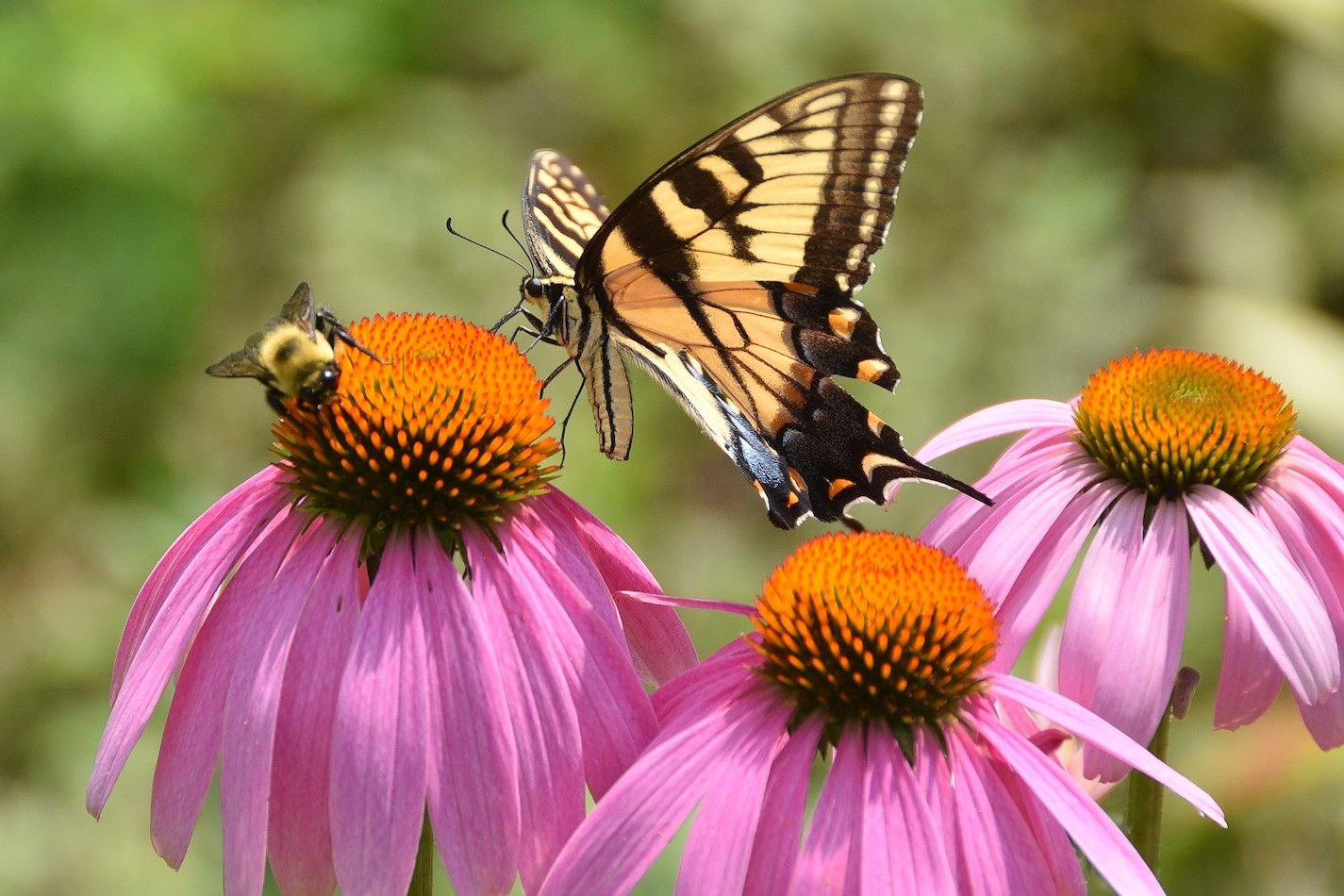
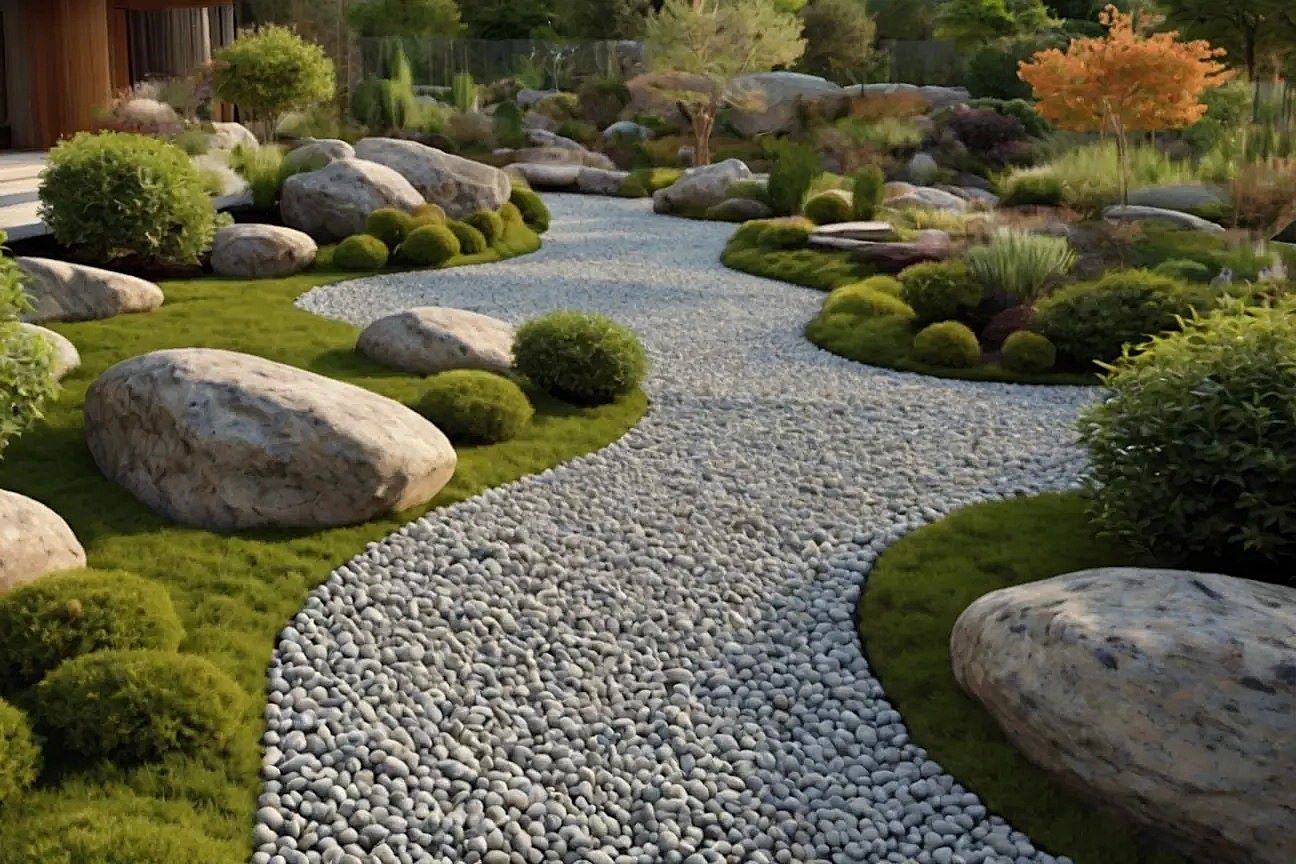
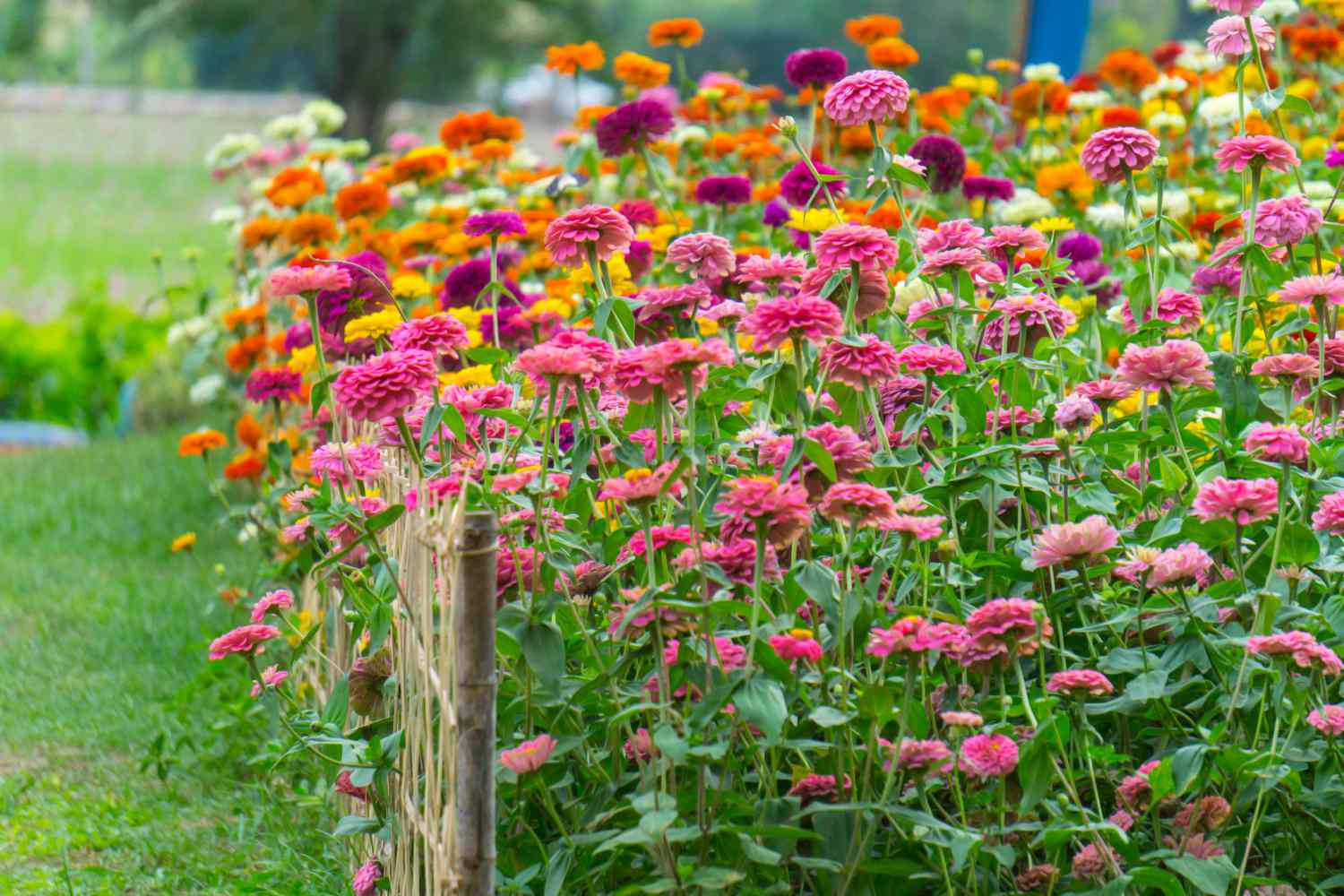
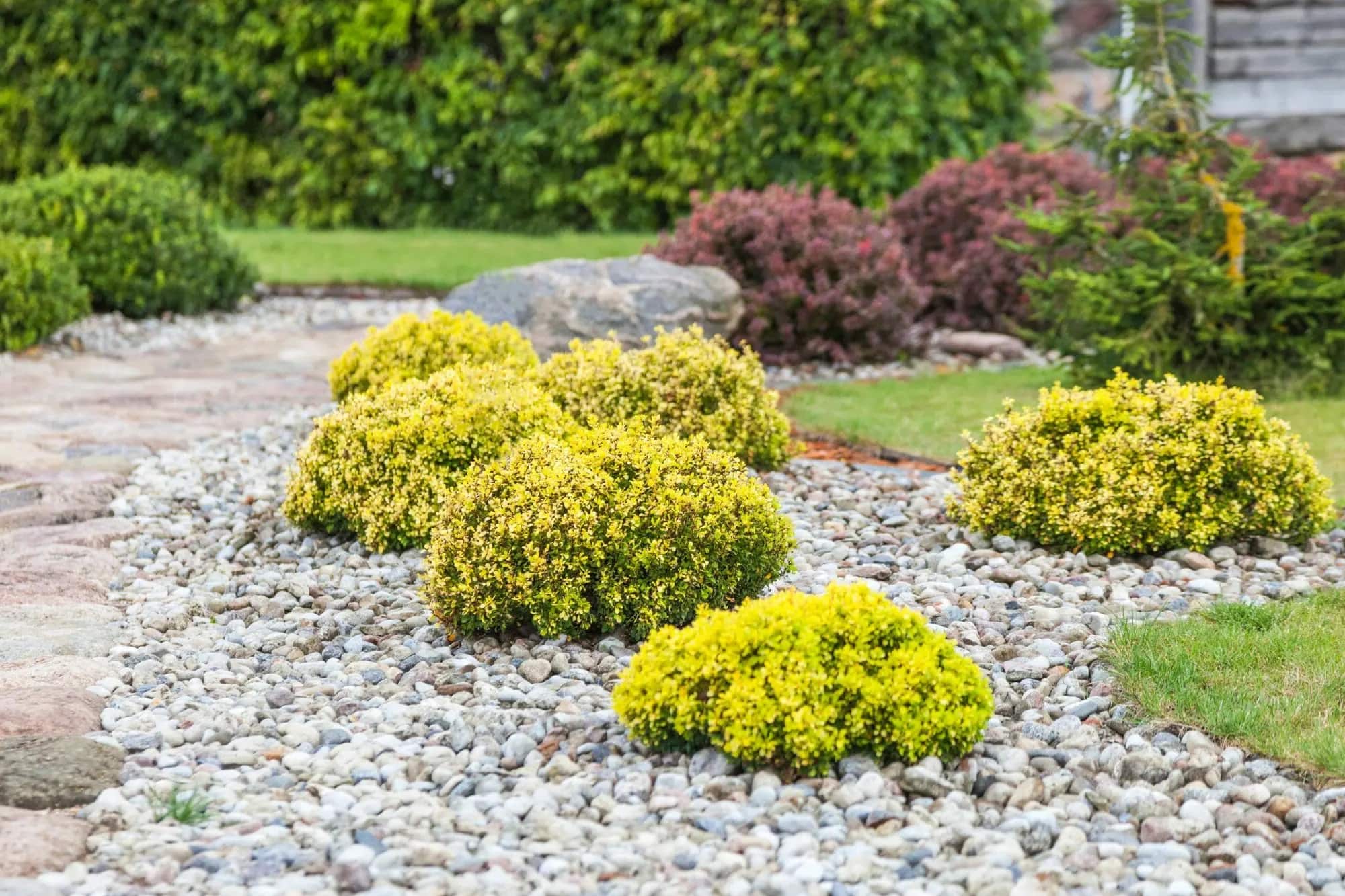
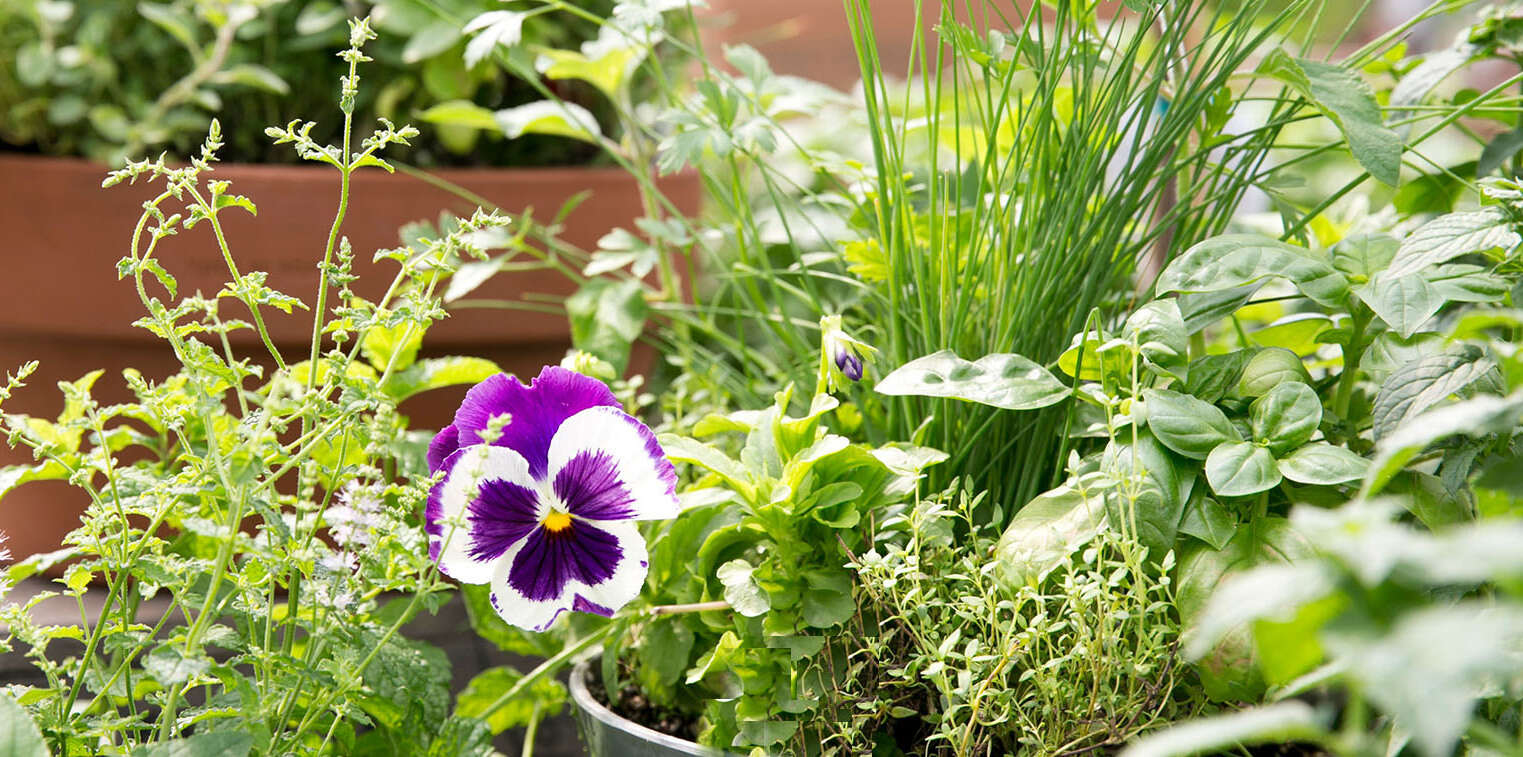
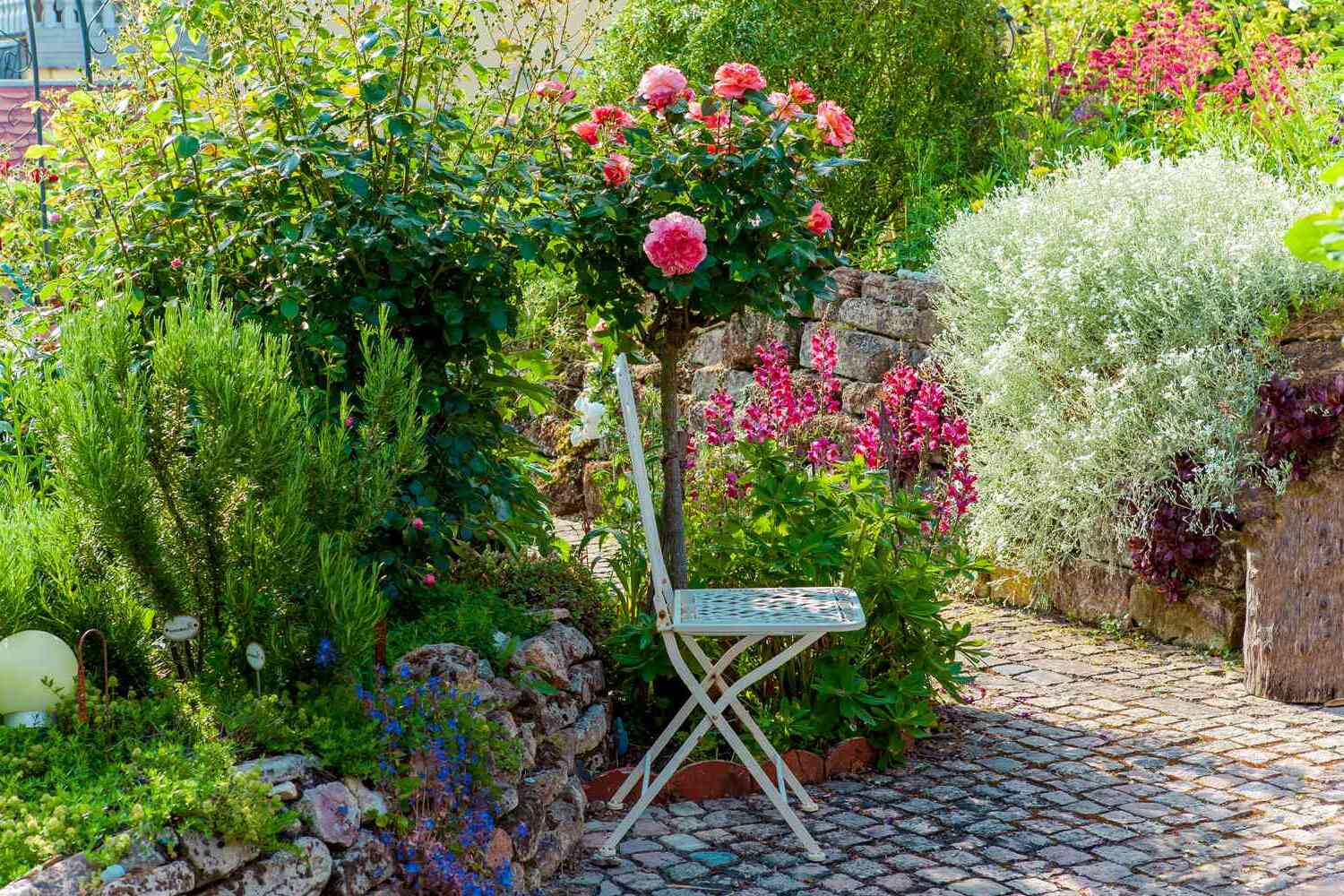
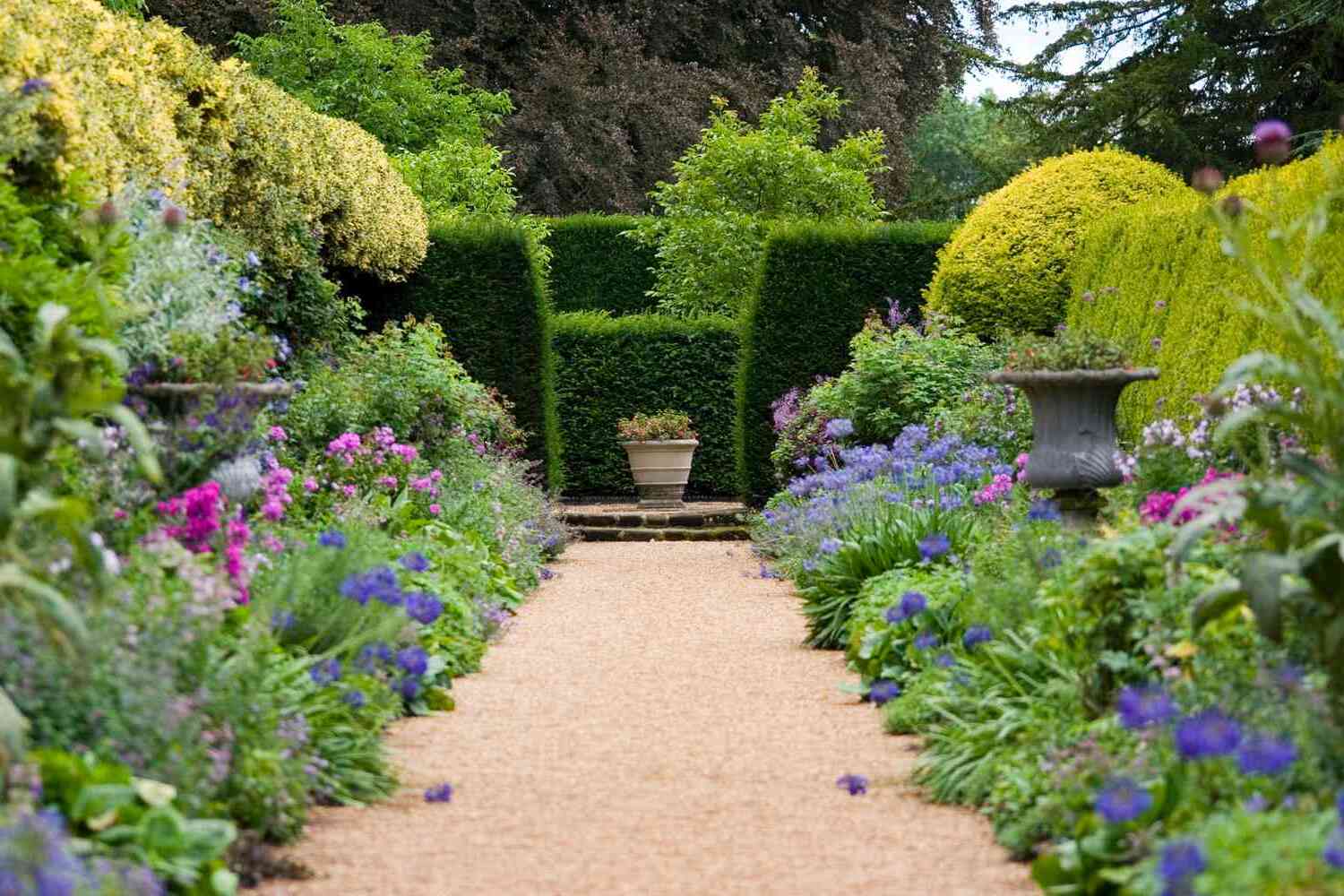
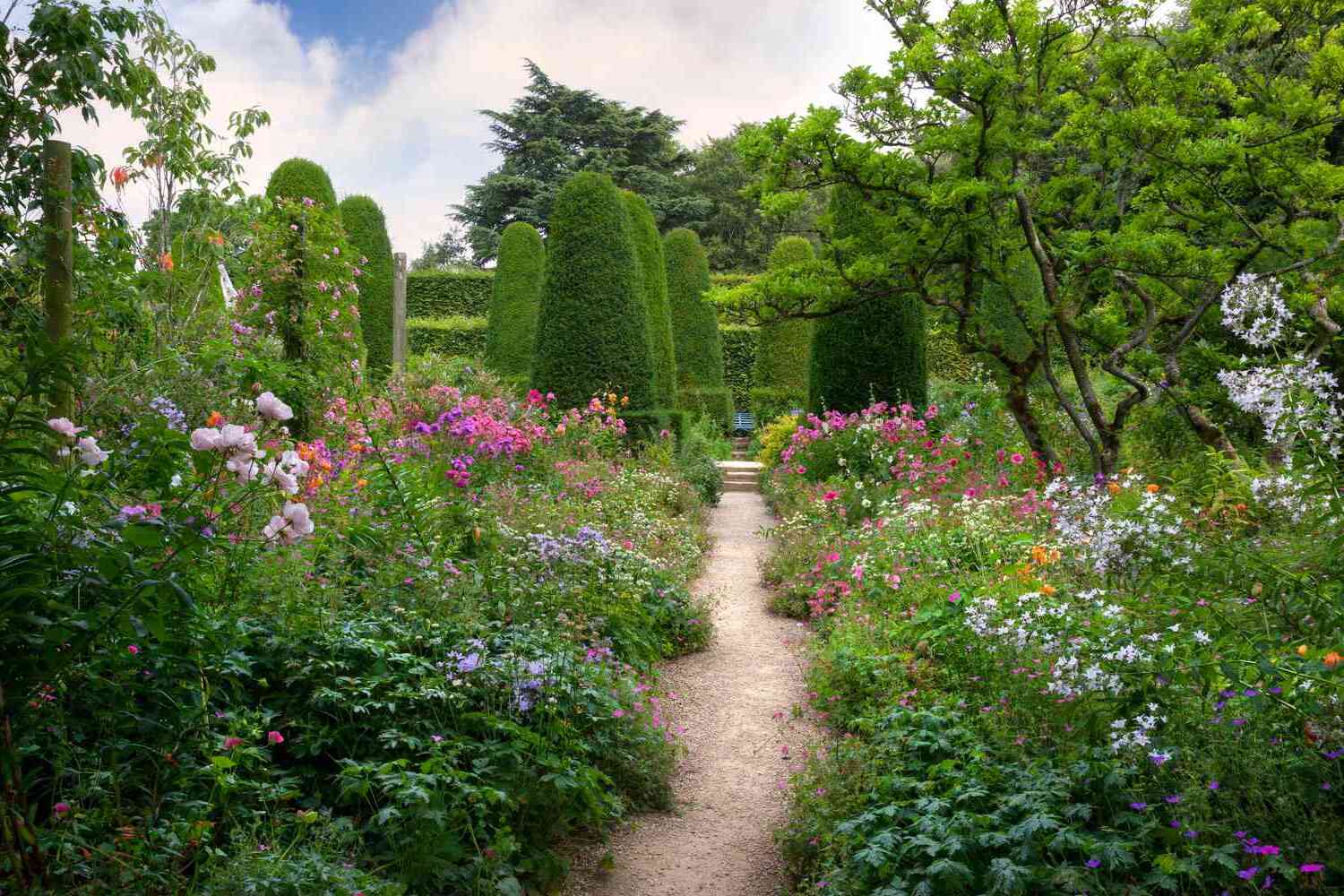
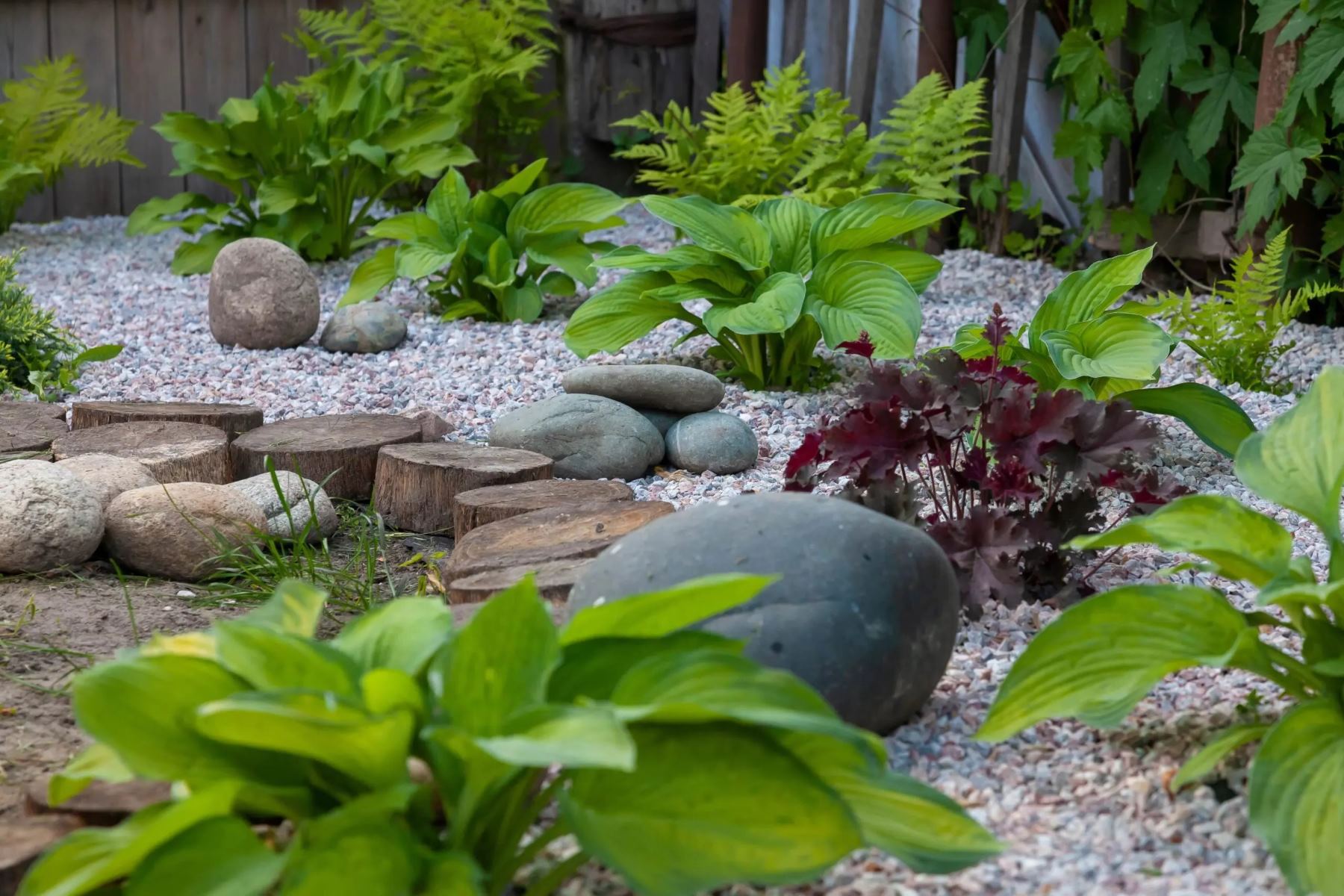
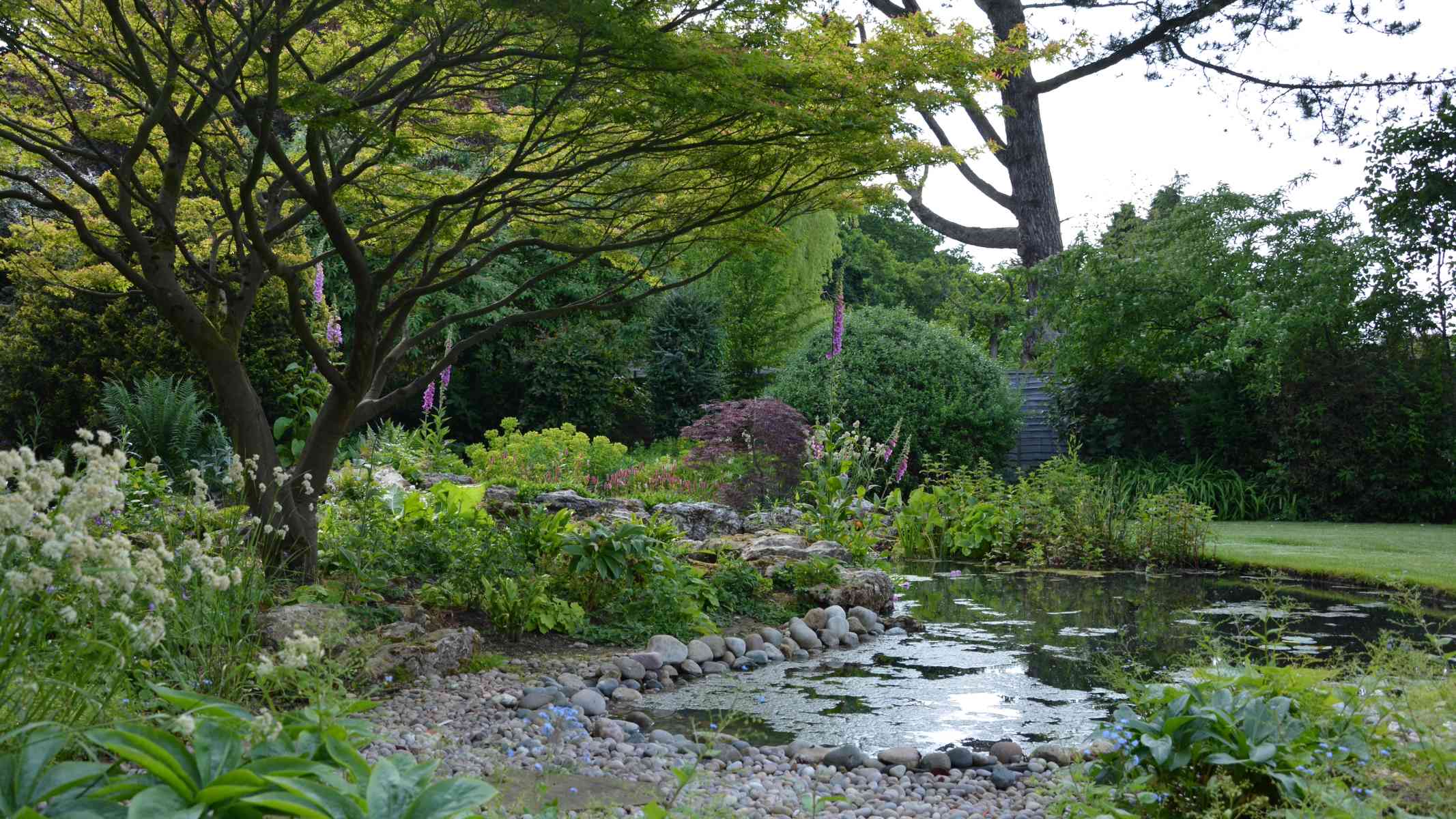
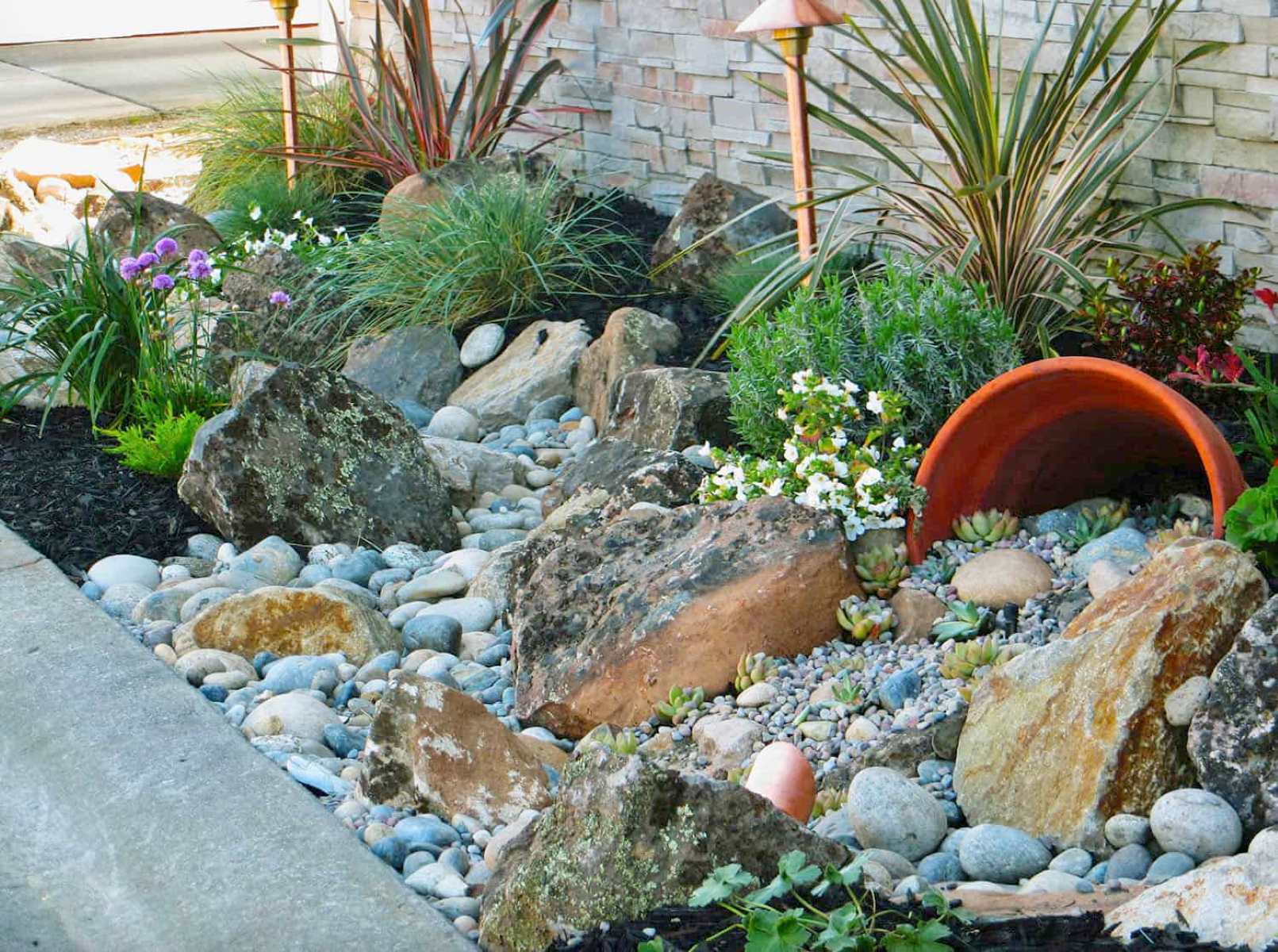
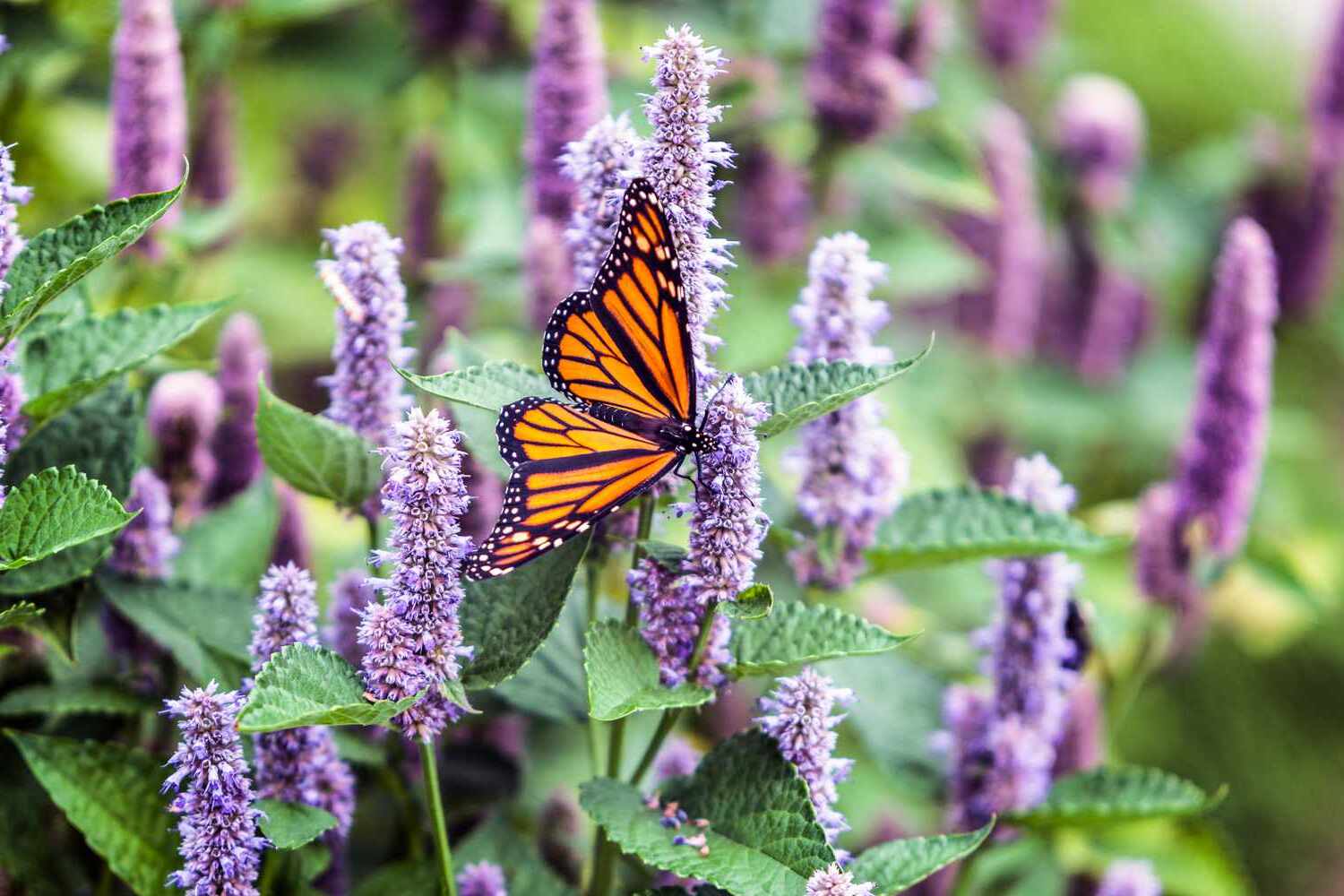

0 thoughts on “How To Design A Pollinator-Friendly Garden”